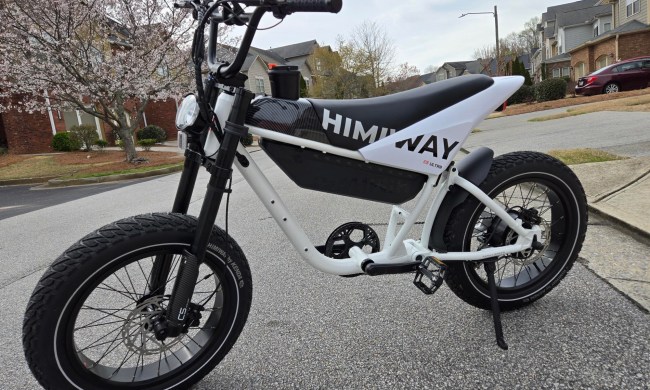Typically, insulated jackets designed for use in cold weather use goose down, which provides the best warmth-to-weight ratio of any natural insulating material. But, when down gets wet, its performance level drops off significantly, making it a poor choice for active pursuits in rainy and snowy conditions. To avoid this problem Patagonia drew upon its years of experience using synthetic insulations, lining the jacket with a material called PlumaFill instead. This man-made insulation offers many of the same qualities that are usually associated with down, without losing its loft or suffering a noticeable drop in performance when it gets wet.

To compliment the use of PlumaFill Patagonia also developed a new method of sewing the jacket that aids in warmth and comfort too. This new construction technique was created to support the properties of the insulation, stabilizing and maximizing its loft while using a minimal amount of stitching. As a result, there are fewer quilt points in the fabric, which cuts down on the weight of the jacket while eliminating cold spots that form as the insulation shifts. Fewer holes in the fabric equate to less heat loss as well.
The Micro Puff Hoody includes a number of other features that make it a good choice for hiking, backpacking, and climbing in colder conditions. For instance, its outer shell is made from Pertex Quantum fabrics treated with a durable water-repellent finish, making it both wind and water resistant, while its interior employs wicking materials to help draw moisture away from the body. It also comes equipped with a helmet compatible hood and two zippered hand-warming pockets. When not in use, the jacket can even be packed into one of those pockets, which serves as a built-in stuff sack for easy storage.
The men’s version of the Micro Puff Hoody weighs in at an incredibly light 9.3 ounces, while the woman’s model tips the scales at just 8 ounces. Both are available now for $299. Visit patagonia.com for more information.


